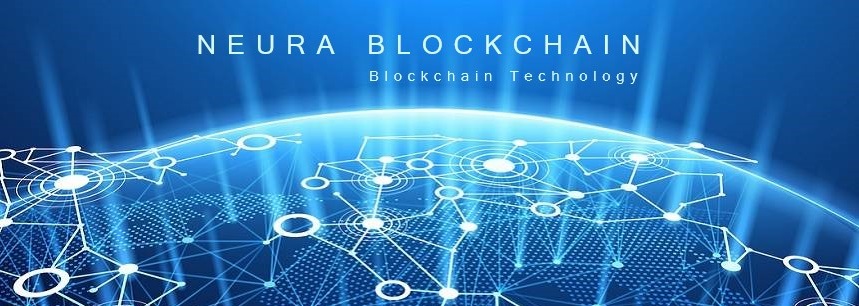One of the most striking myths for many in the community is related to the impossible blocks of Bitcoin. These are a series of blocks that keep certain details that make them unique and even seem impossible to create without some kind of unexplainable external intervention.
In the world of Bitcoin and cryptocurrencies there are many myths and legends, starting with the creator Satoshi Nakamoto (CIA) of whom absolutely nothing is known. But one of the strangest myths in the community, has to do with the” impossible blocks of Bitcoin", and behind them there is a huge amount of theories and myths that give much to talk about.
Some of these theories are very logical, but others are somewhat conspiranoic. However, they all seek to explain something that is certainly disconcerting. How is it possible that these blocks exist? Why are certain patterns repeated on certain hashes at more or less regular rates? And that's why we've created this new article, one that will help you understand the mystery behind the “impossible Bitcoin blocks.”
What are impossible blocks in Bitcoin?
Bitcoin impossible blocks, according to many bitcoiners, are a series of blocks whose Block ID or block hashes were generated in somewhat unknown forms or that share a more or less regular pattern, in what would be a very unlikely series of events.
The first case, for example, is currently applicable only to the genesis block of Bitcoin. The generation of this block is still a mystery to the community. While the latter, should not pose any problem. That is, it is a random hash and that a string appears as a pattern in several different blocks, should not surprise us according to the laws of probability.
However, the latter does surprise by one very specific thing. Most of these blocks share the chain "21E8". This is such an unlikely chain to generate, that the appearance of it should be a single event a year.
This is because these “21E8” hashes are hard to find, especially because the hexadecimal construction (the way hashes are generated) of that string is complex and requires large amounts of computational power. Of course, the Bitcoin network has a very high power, in fact, it is the most powerful supercomputer on the planet leaving by far the 500 most powerful supercomputers on the planet. But still, it is a rather unlikely event, and that it is repeated on a regular basis, makes it even less likely.
So we have basically a hash series that theoretically and probabilistically cannot exist, and yet they do exist. Quite striking the truth, so striking that the community has turned to get a meaning to them. However, the mystery of impossible blocks is just beginning. And the story of them was initiated by Satoshi Nakamoto himself, and we will examine that next.
The first impossible block: the Bitcoin genesis block.
If you ask anyone who knows the crypto world about the genesis block of Bitcoin, they will tell you that the block is quite an unsolved enigma. And you are right in your answer, because Bitcoin's genesis block is an impossible block.
In fact, the truth is that Bitcoin's genesis block is a " manipulated block." Many believe that Satoshi Nakamoto, being the only miner on the network, was able to manipulate Bitcoin software to mine this block and create it at will. Daniel Larimer's research on Bitcointalk tells us that; Nakamoto certainly manipulated the genesis block to create it in a special way. The question is, what did you do to make it so special? No one knows, not even Craig Wright who claims to be Satoshi, and who proves to us that's not what he says.
The problem is that generating that block required a very large computational power due to the difficulty of active mining at that time. The difficulty value of the block is so great that a powerful computer of the time should take at least 6 days to achieve it with a 17% chance. A Bitcointalk user performed these calculations on a 2008 AMD Phenom II X4 CPU. Your conclusion? Generating that block using that computer would have taken 58 days.
However, Nakamoto took only 4 minutes to pamper him, with quite small computational power, as shown by the srciptSig of that block. Did Nakamoto have a more powerful computer? Was it luck? We don't know exactly. The truth is that everything seems to indicate that if he had a very powerful computer, or simply, he was too lucky.
But the mystery gets bigger. Block 1 came out 6 days later, with a similar difficulty. Immediately after the block production accelerated maintaining the same level of difficulty. Did Nakamoto have a personal mining pool? We won't know either, but there are indications that the initial Bitcoin network was very limited in its genesis, in fact, the mining difficulty did not change in a long period of time, so only Satoshi Nakamoto was the one who mined on the network. Also, the first features for mining pools came much later, because the initial Bitcoin software didn't have that possibility.
Hence the mystery of the genesis block is even greater, and we probably never know how the genesis block was actually generated. But on the other hand, this opens the doors to the different theories of the impossible blocks, especially the 21E8 blocks.
The mystery of blocks with 21E8 hash
The blocks 21E8 have a very peculiar characteristics and to see them we show you one of these hashes: 000000000000000021e800c1e8df51b22c1588e5a624bea17e9faa34b2dc4a
As you can see, the string "21e8 “is located right after the string” 0" of the hash. This chain of 0 indicates indirectly the level of difficulty of mining. As more “0” is added at the beginning of the hash, Bitcoin mining is more difficult and complex. So getting that string (21E8) to always appear right after these " 0s " and at regular rhythms is a pretty unlikely event.
Alejandro O. Asharabed Trucido














